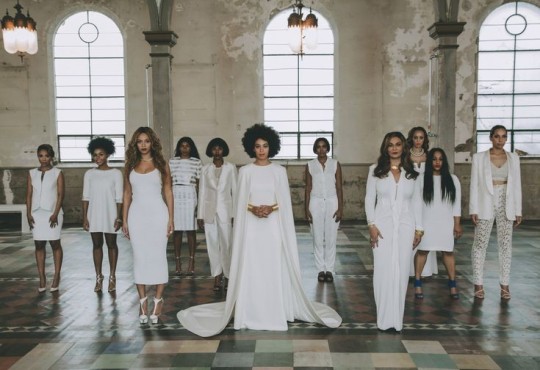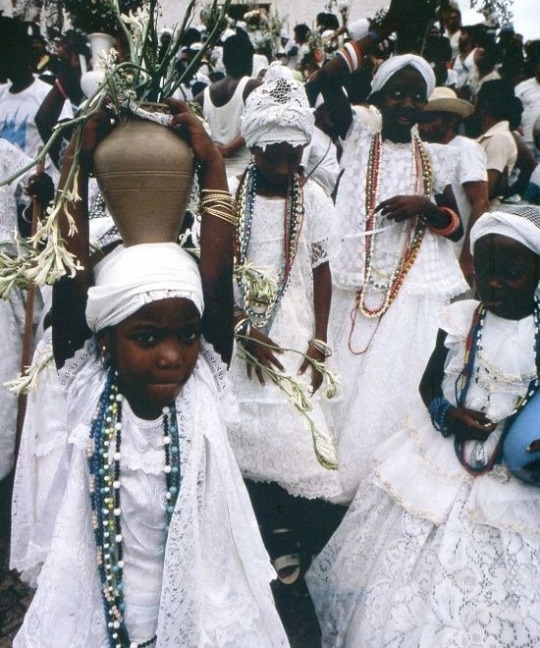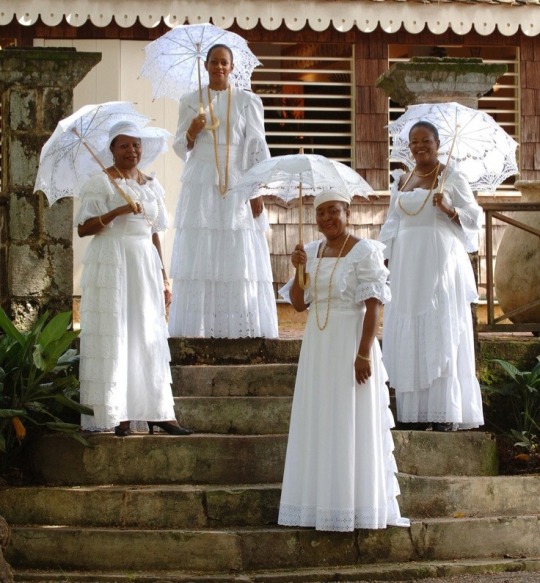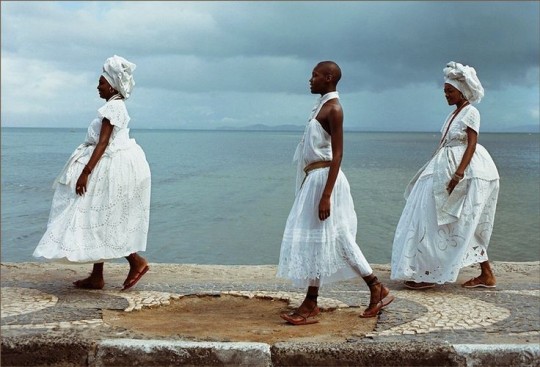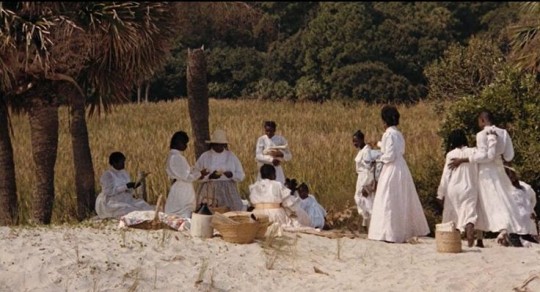Beyonce shocked her fans with the surprise release of Lemonade in 2016, her visual album soon followed. With stunning visuals, one can’t help but notice that some filming locations were on plantation grounds. How does Lemonade (2016) comment on how we engage with our history, specifically the depiction of plantations? In addition, what are the grounds for preserving such histories? Sites such as the Elmina Castle, Fort Macomb, Igbo Landing, Destrehan Plantation, and the Madewood House all are places I examine for this project. Lemonade in its entirety exists both in the present and in the past. Beyoncé positions her story as interwoven in the fabric of history as a Black woman addressing her grievances and reconciliation on plantation grounds. As a multisensory media and performance driven experience, Lemonade is is an example of active artistic and activist memory work. It historicizes plantations as sites to service the grief and reconciliation process for Black people.
Don't wanna be here? Send us removal request.
Photo


BEYONCE?!?! - Megan Thee Stallion wins Best Rap Song of the Year
16K notes
·
View notes
Text
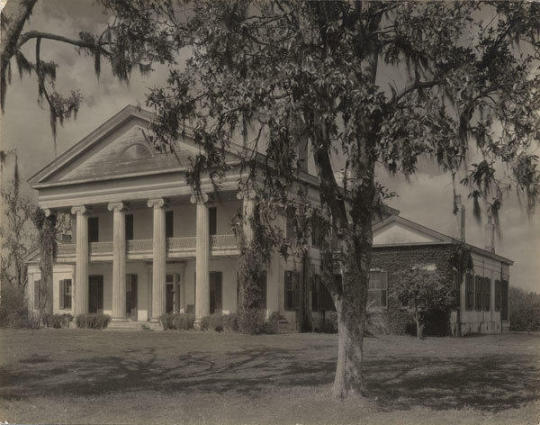
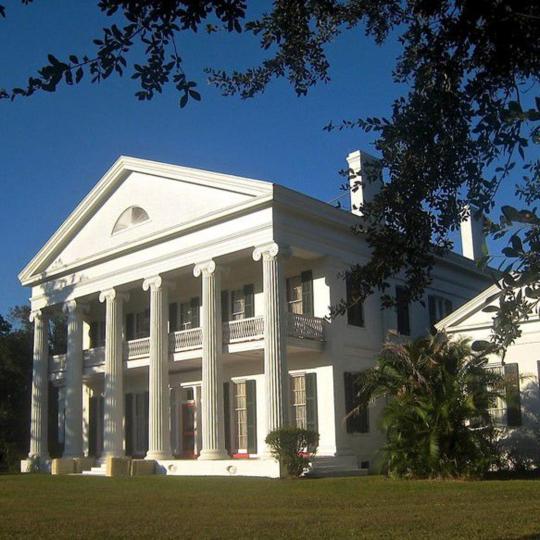
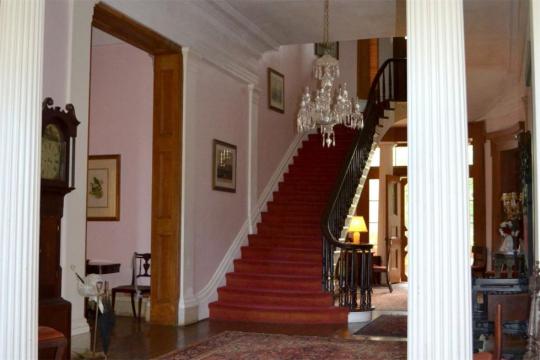
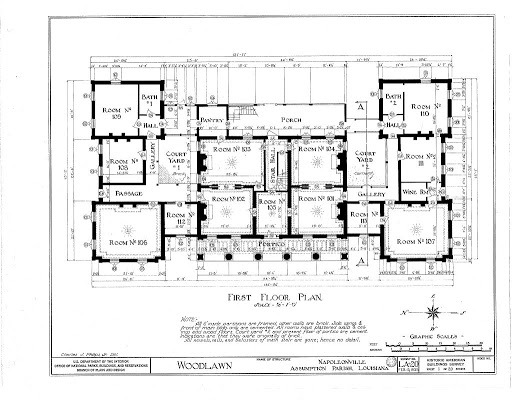
Madewood Plantation House
Built in 1840-48, Madewood Plantation House reflects the aspirations of its original owner, Colonel Thomas Pugh, a member of a prominent and wealthy Louisiana family. Madewood represents one of the finest and purest examples of the Greek Revival style architecture in a plantation home. In a grove of oaks and magnolias, facing Bayou Lafourche, Pugh and his architect, Henry Howard, constructed a house whose classical splendor would surpass that of the neighboring plantations. Madewood was the manor house for the group of plantations that Pugh acquired in the 1830s and 40s, which eventually totaled some 10,000 acres. Sugar cane production brought economic prosperity to the area around Bayou Lafourche in the first part of the 19th century. While Madewood is one of many plantations along the bayou, it stands out for its architectural grandeur, which is unique in its blending of its Classical features with indigenous material. The grounds today include the main house and attached kitchen, and in the rear, the carriage house, the Pugh family cemetery, Elmfield Cottage and the Madewood slave quarters.
The house is built of bricks made on the plantation, while the exterior is covered with stucco, scored to represent masonry blocks and painted white. The proportions are carefully determined, the six fluted Ionic columns rise two stories, with the central portion retaining the character of a Greek temple. Two one-story wings, echoing the predominant elements of the main house, complete the facade. The interior contains 23 rooms, with floors of heart pine, doorframes and moldings of cypress, painted to resemble oak (or faux bois). Each doorway is signed by the artist, Cornealieus Hennessey. Elsewhere, the woodwork, including the cypress mantelpieces, has been painted to resemble marble or exotic woods. The Harold Marshall family purchased the property in 1964 and undertook a major restoration of the home, which was completed in 1978. The property is now owned by their sons, but is open to the public daily and is the center for an annual arts festival and other cultural events.
3 notes
·
View notes
Video
Beyoncé - Pray You Catch Me (Vocals - A Capella)
96 notes
·
View notes
Audio
590 notes
·
View notes
Audio
532 notes
·
View notes
Photo

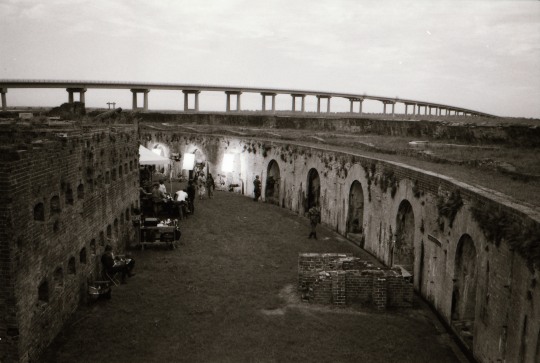

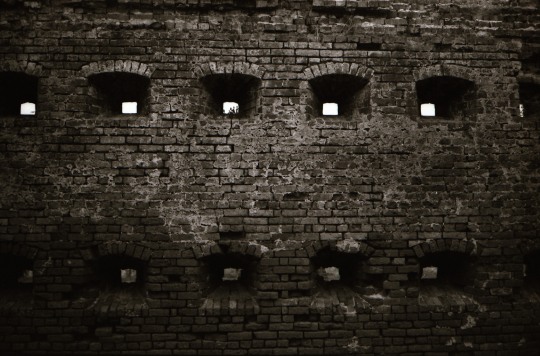
Another of my favorite places to take pictures which I also had the pleasure of revisiting recently while working on a show.
Fort Macomb, built after the attack of the British in 1814, defends Chef Menteur Pass. It’s been decommissioned since 1867 and is falling apart due in part to a moat system that is eroding the sides as well as thick vegetation on the top of it that is tearing away the bricks with their roots.
New Orleans, LA
-Sean
Contax T2 with expired T-Max 400
40 notes
·
View notes
Photo
Reminiscent of Elmina Castle, though it exists as a Fort, Fort Macomb is situated along the Chef Menteur Pass, the semicircular masonry structure was built as part of the United States’ “Third System” of coastal defense—the third Congress-initiated effort to fortify America’s coastal borders since independence.
Fort Macomb, known as Fort Wood until 1851, was completed at cost of more than $350,000, and was finally garrisoned in 1828. Confederate troops occupied it at the beginning of the Civil War but abandoned the post when the Union captured New Orleans in April 1862. A month later, Union Lt. Col. O. W. Lull took command of the fort, and wrote a letter to Gen. Benjamin Butler that included a list of supplies and a hand-drawn map. The fort’s tenants during the Civil War included the First Louisiana Native Guard, among the Union Army’s first all-black units.




IG: @Lady_schu
42 notes
·
View notes
Text

Original contract Courtesy of Clerk of Court, St. Charles Parish.
0 notes
Photo
A conglomeration of Greek revival, American colonial, and French colonial architecture, Destrehan Plantation is located in Southeast Louisiana.
Robin deLogny, entered into contract with an enslaved mulatto and master builder named Charles Paquet to build a raised house 60 ft. x 35 ft. with a 12 ft. balustrade gallery completely encircling the house in the French Colonial Style. Sitting on 10 ft. brick piers, the house was to have two double fireplaces and one single provided by a subcontractor. The roof was to be full over the entire house and gallery (double-pitched roof). The house described in the contract would be typical of the West Indies style well suited for the Louisiana climate. Construction on the house begun in 1787 utilizing materials from the swamp and river and was completed in 1790. DeLogny paid Charles Paquet in rice, corn, livestock, 100 piastes of money, and a male slave named Leveiller. The original contract between DeLogny and Charles Paquet still exist today and is on file at the St. Charles Parish Courthouse.
You can see Charles Paquet’s superior craftsmanship in the cooling room and interpretive room inside the plantation home. You can read about the life of Charles Paquet and his amazing accomplishments during such oppressive times for African-Americans in “Charles Paquet, A Free Man of Color" available at the plantation's gift shop.









Destrehan Plantation circa 1787-1790
31 notes
·
View notes













